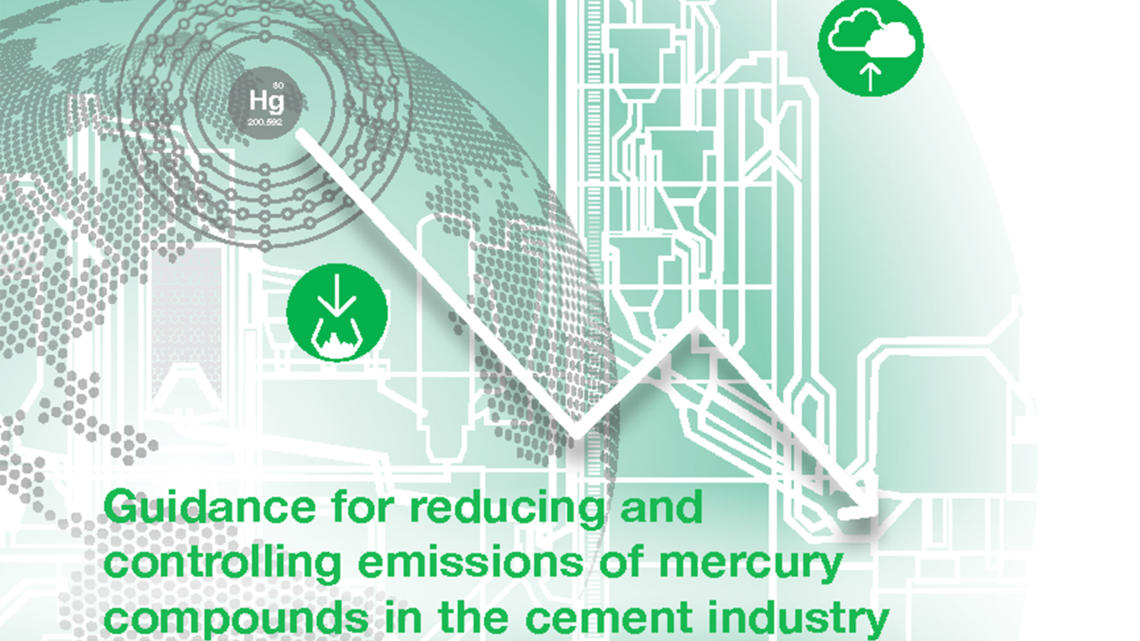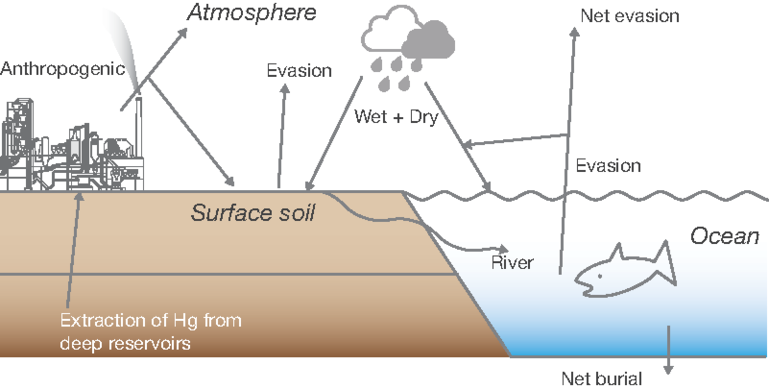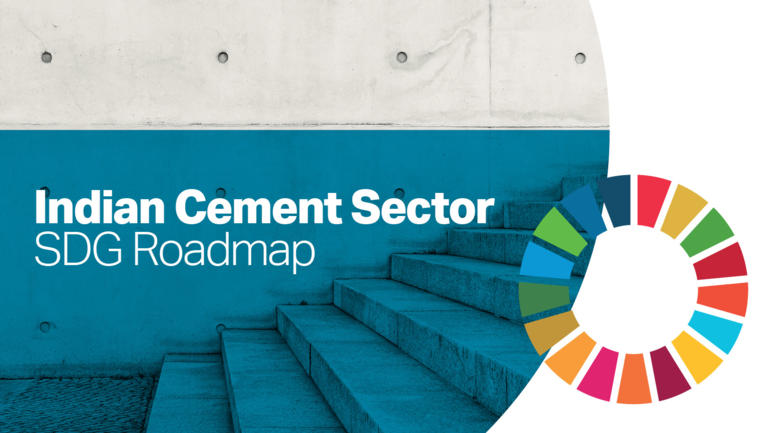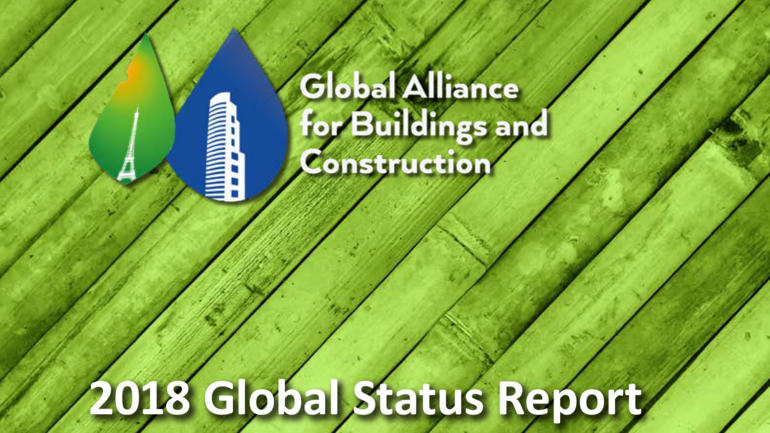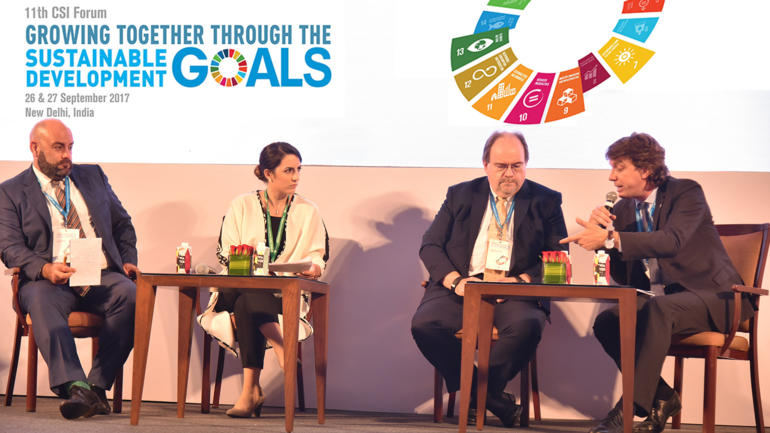Geneva, 22 August 2016 - The Guidance for reducing and controlling emissions of mercury compounds in the cement industry is an invaluable reference for engineers and technicians seeking information on mercury, its impacts and relevance to the cement sector and in particular the technologies and methodologies available for minimizing emissions during cement production.
The guidance explains, with the help of clear diagrams, the behaviour of mercury in the manufacturing process. A range of abatement technologies are presented e.g. control via raw materials and fuel inputs, dust shuttling and use of sorbents. A sampling program is provided for establishing a mass balance for mercury in the cement plant, with details given on time-frame and sampling locations. Stack analysis methods are also presented in the guidance, namely isokinetic sampling, continuous emissions monitors and sorbent traps.
To aid with the understanding of the methods and technologies, the guidance features explanatory diagrams and tables, with a comprehensive appendices section offering tracking and sampling forms, and lists of sampling materials for example. The guidance has a hyperlinked bibliography and explanation of acronyms to further aid readers to interpret and implement the recommendations provided.
Release of this guidance is an important deliverable listed in the Cement Industry Partnership Business Plan agreed in June 2014 as part of the UNEP Global Mercury Partnership. The guidance also complements UNEP’s Draft guidance on cement clinker production facilities, which provides a set of best available techniques (BAT) and best environmental practices (BEP) for controlling and where feasible reducing mercury emissions to the atmosphere, as set out in Article 8 of the Minamata Convention on Mercury.

